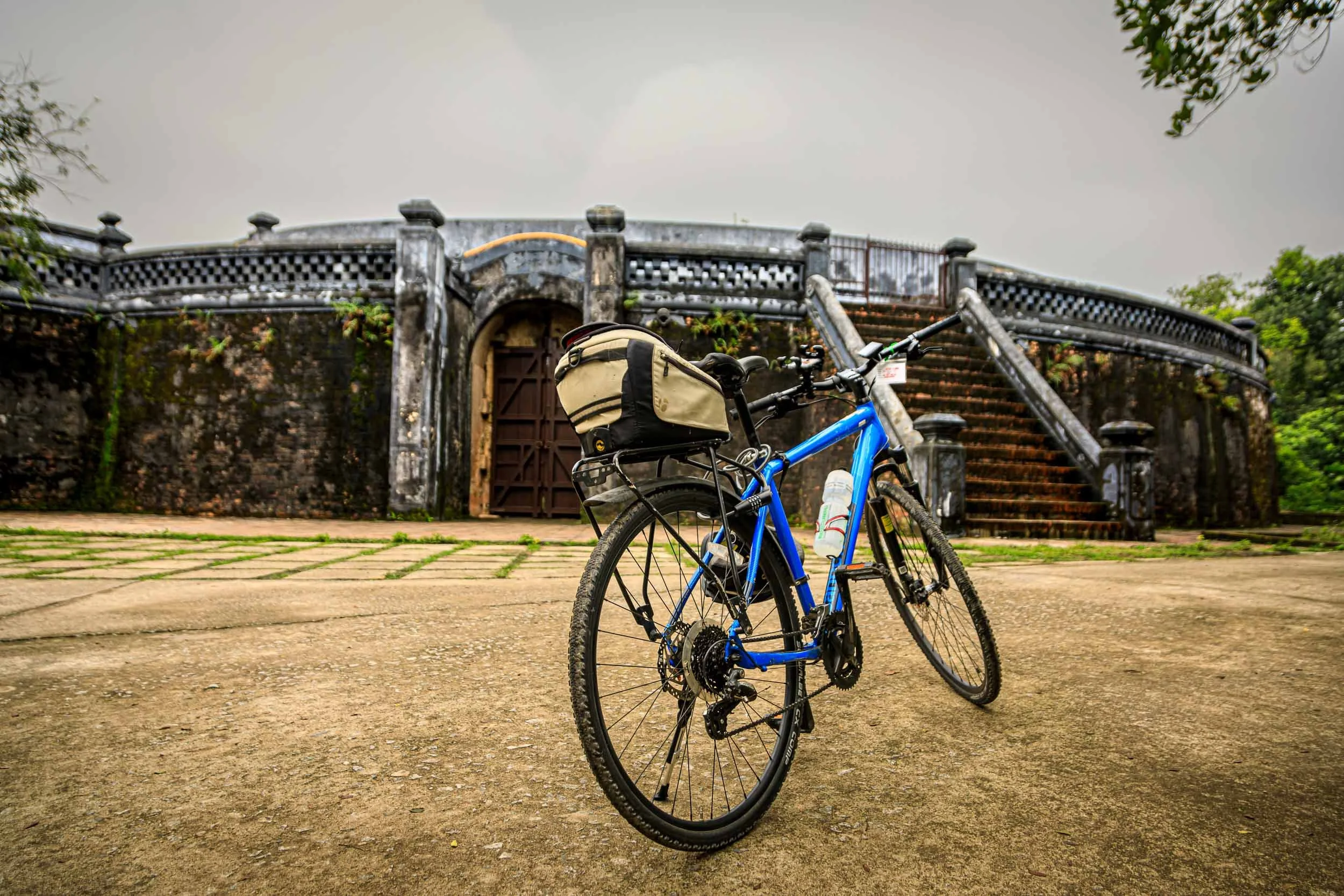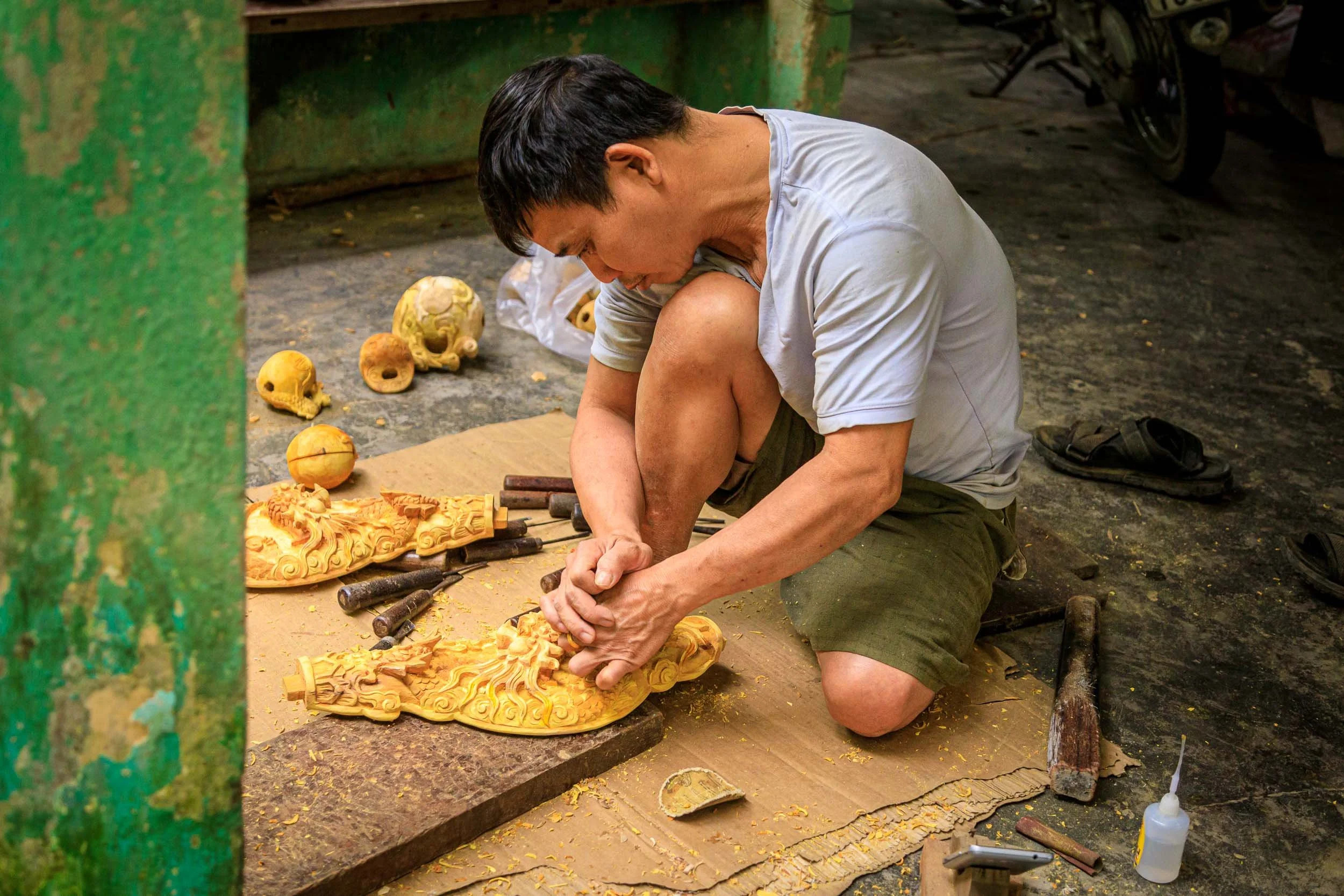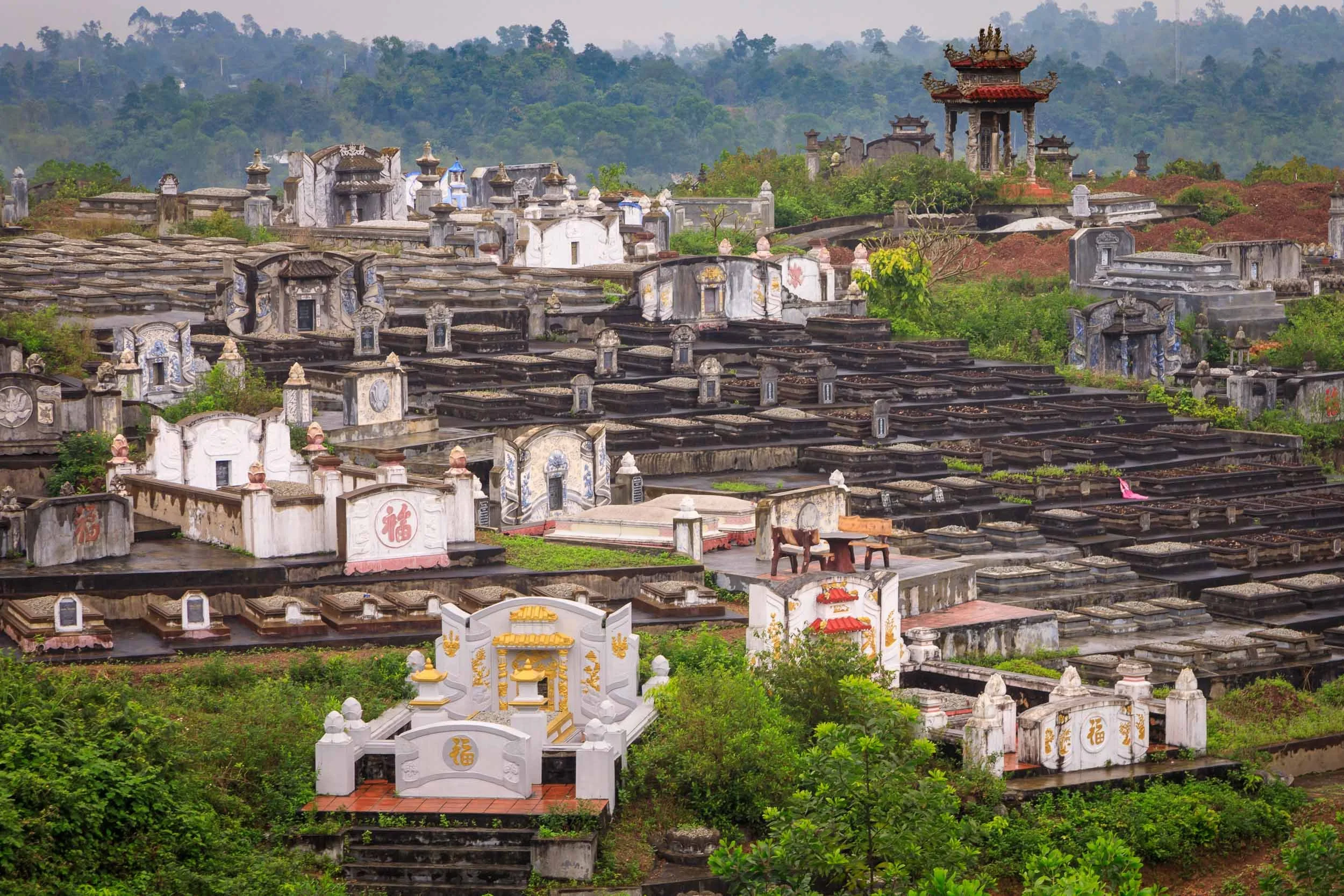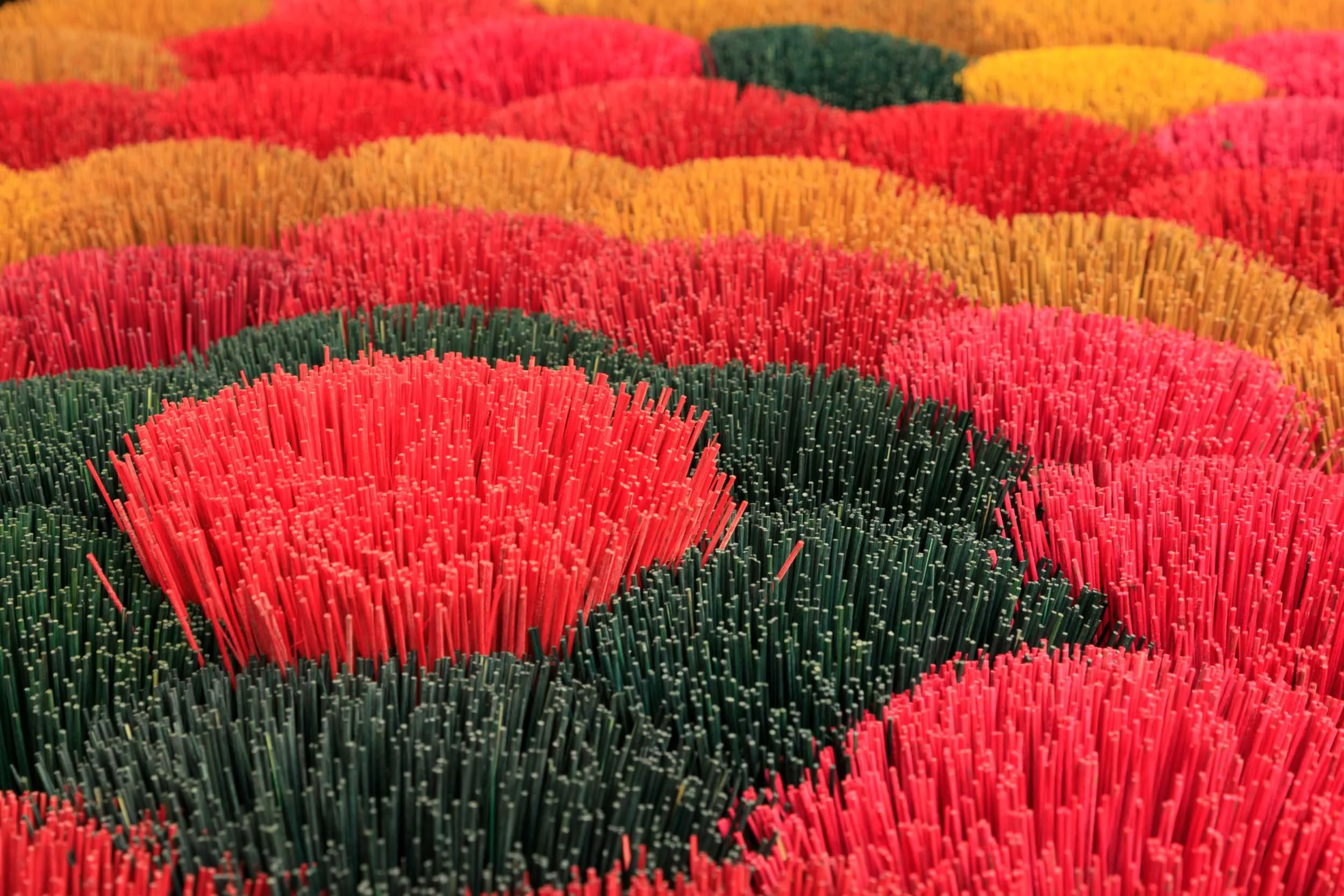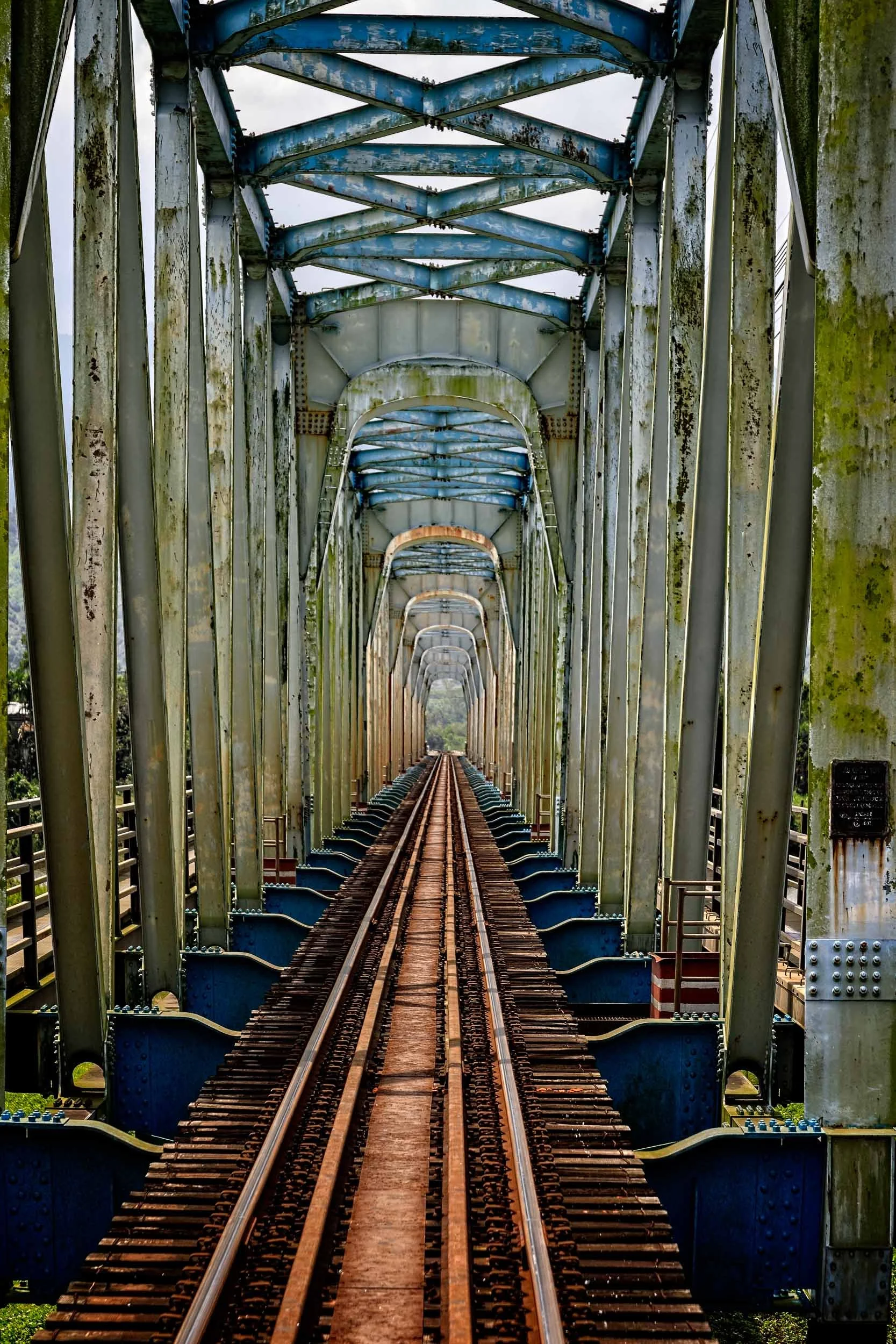Cycling in Vietnam
I booked a 7 day self guided cycling tour, starting in Hue and finishing at the My Son (My Lai) massacre memorial, just south of Quang Ngai. By a direct route, Google maps says that is 240km down highway 1, but the cycling company came up with a route that took a total of 440km, basically by taking me back and forth through country villages and fishing areas, avoiding the main road for the vast majority of the cycle.
In turn, I turned the 7 days into a 10 day cycle by building in two breaks to play golf.
Unfortunately for me, this is supposed to be the dry season and have minimal rain - not to be. Of the 7 days I cycled, one was continuous downpour of rain for 5 hours - really heavy and miserable, one was pretty wet and two other had showers throughout the day that I had to keep ducking under cover to avoid. So not the best ad for cycling in Vietnam. I also managed to get food poisoning on one of my rest days.
Despite the challenges, I really enjoyed the cycle. It gave me a real chance to see the country at the ground level in a way you don’t do from an air-conditioned tourist car.
Tiger arena just outside Hue on Day 1. Unfortunately it was closed, so I couldn’t get inside
Wood carver in village outside Hue
Local potter
Cemetery hill (this place went on for miles!)
Whilst the focus of my cycling was through rural fishing and farming villages, there were some sights. Outside Hue there are a number of Royal Tomb sites. The one below is called Tu Duoc’s tomb, but it is actually a family tomb with a number of different burial sites for Tu Duoc, his mother and family members. There are various temples as well as the tombs.
Emperor Tu Duc enjoyed the longest reign of any monarch of the Nguyen dynasty, ruling from 1848-1883. Although he had 104 wives and concubines (ouch!), he was unable to father a son (possibly he became sterile after contracting smallpox). Thus, it fell to him to write his own epitaph on the deeds of his reign. He felt this was a bad omen, but the epitaph can still be found inscribed on the stele in the pavilion just to the east of the Emperor's tomb.
Despite the grandeur of the site and the amount of time Tu Duc spent here, he was buried in a different, secret location somewhere in Hue. To keep the secret safe, the 200 laborers who buried the king were all beheaded after they returned from the secret route. To this day, the real tomb of Tu Duc remains hidden.
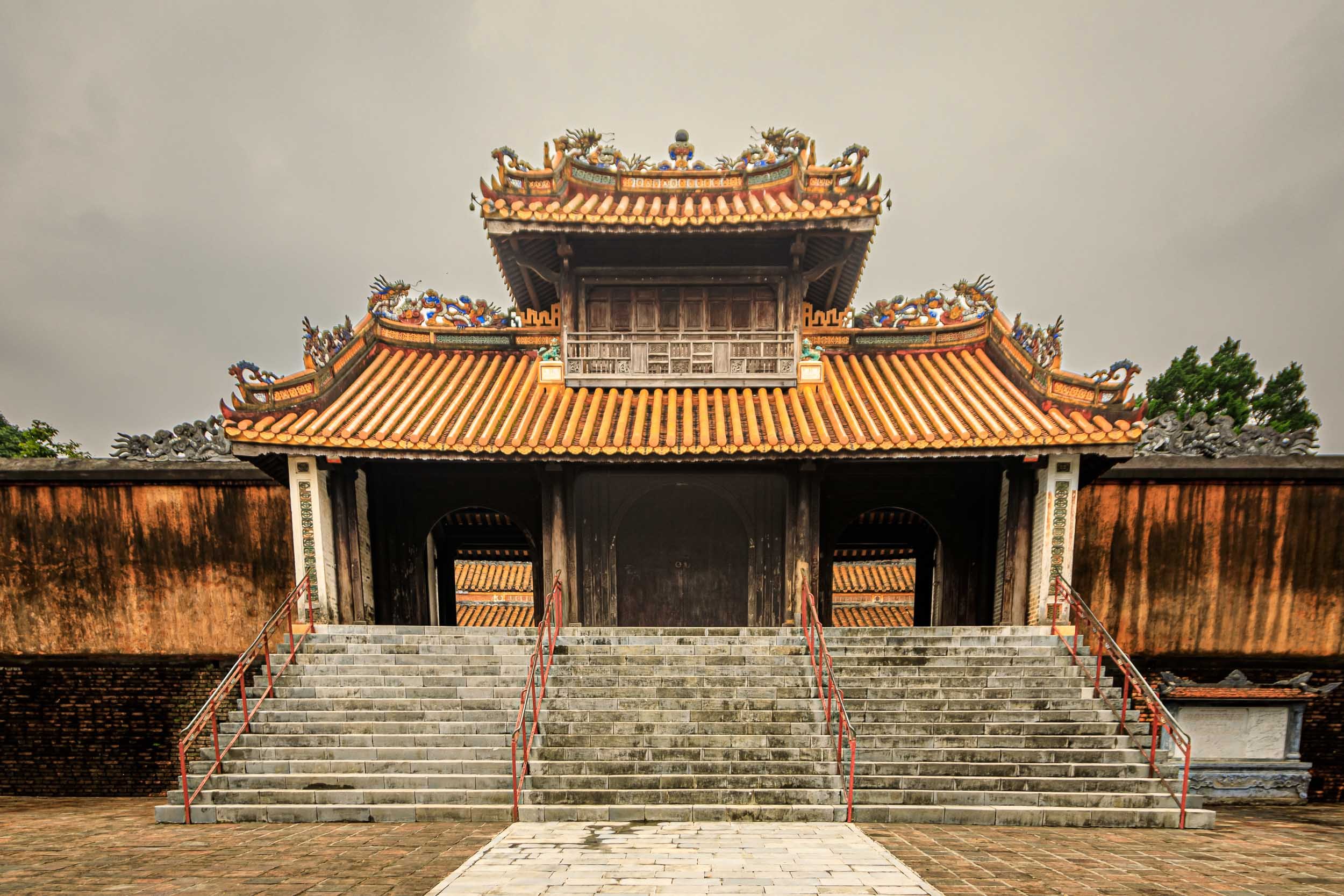
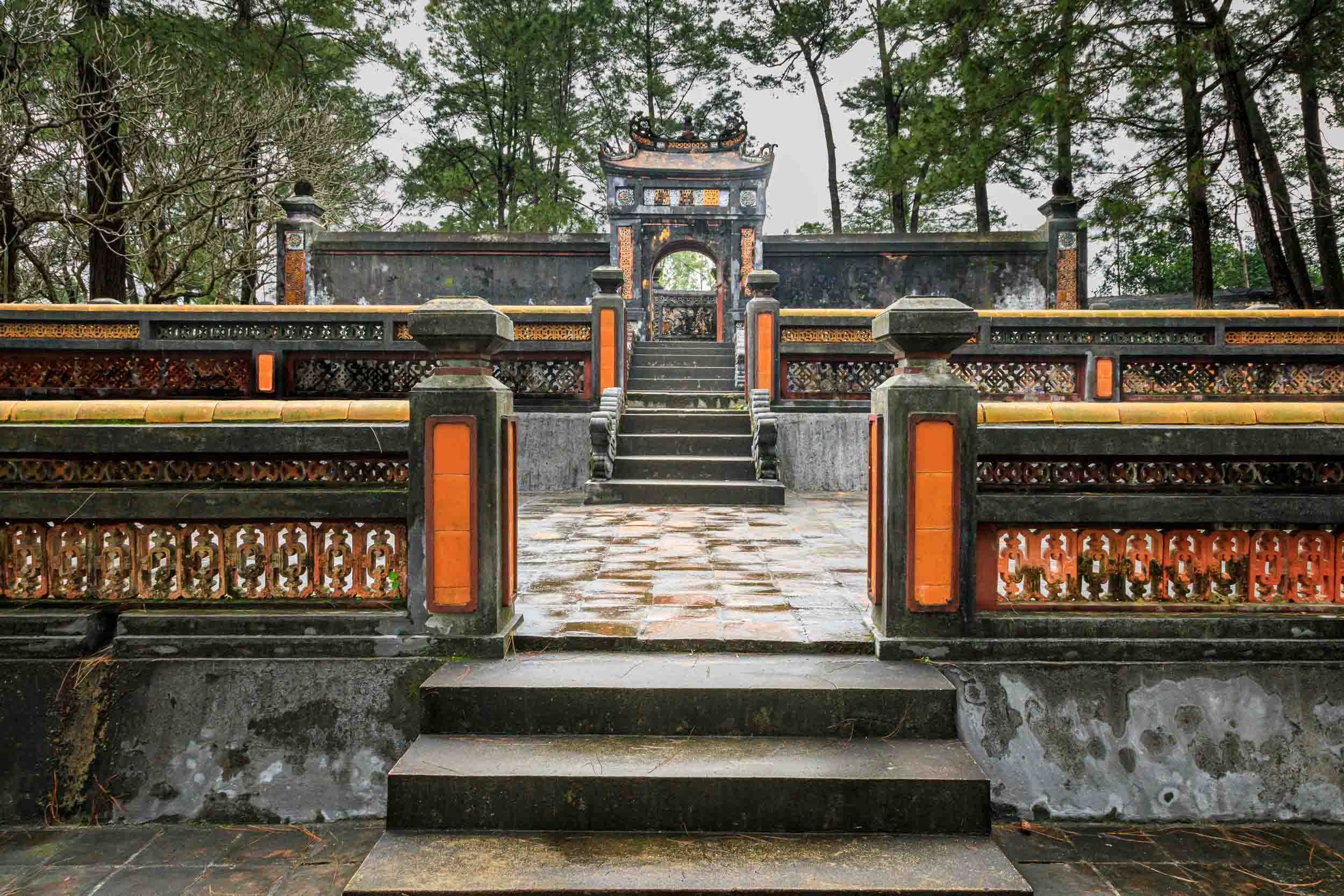
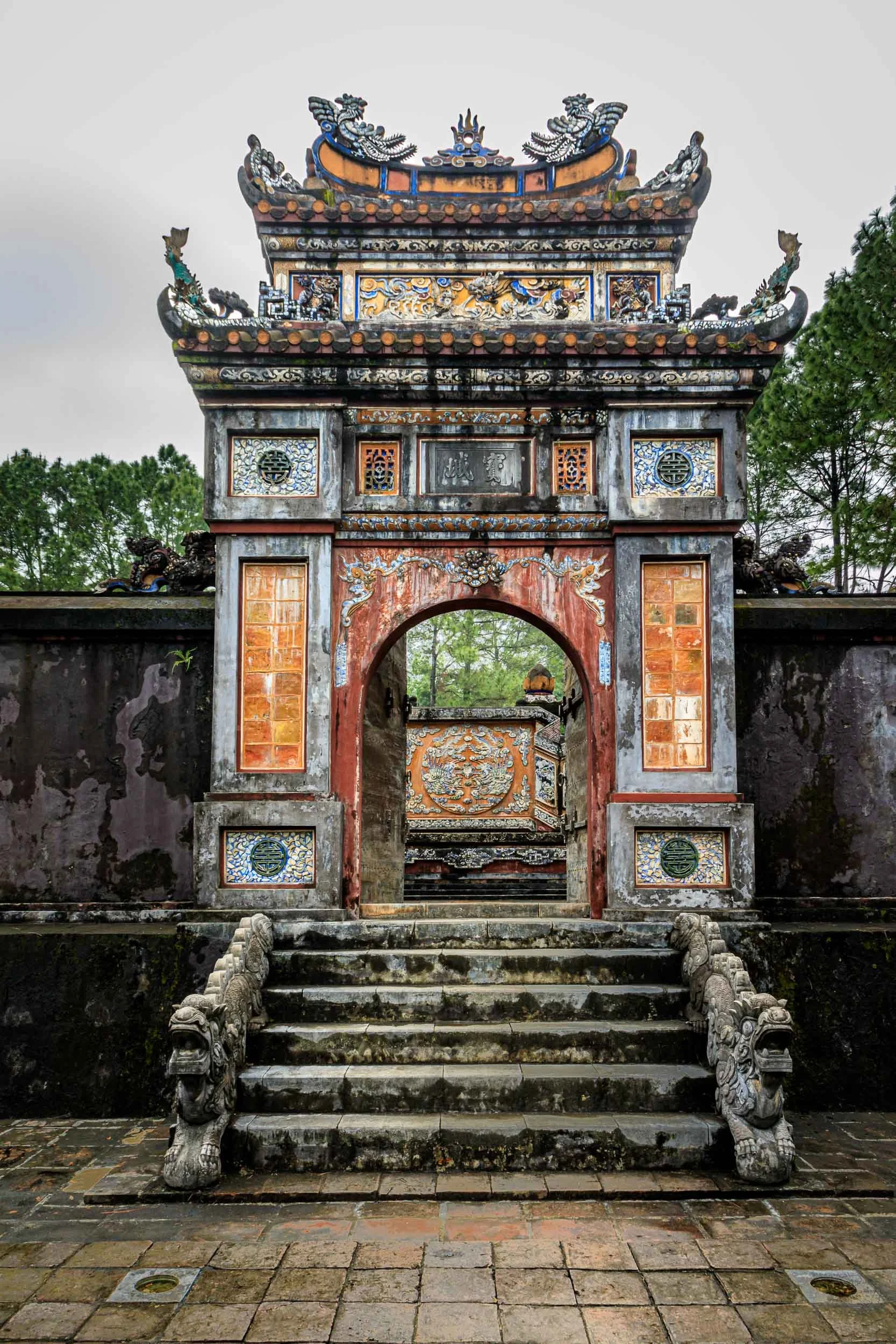
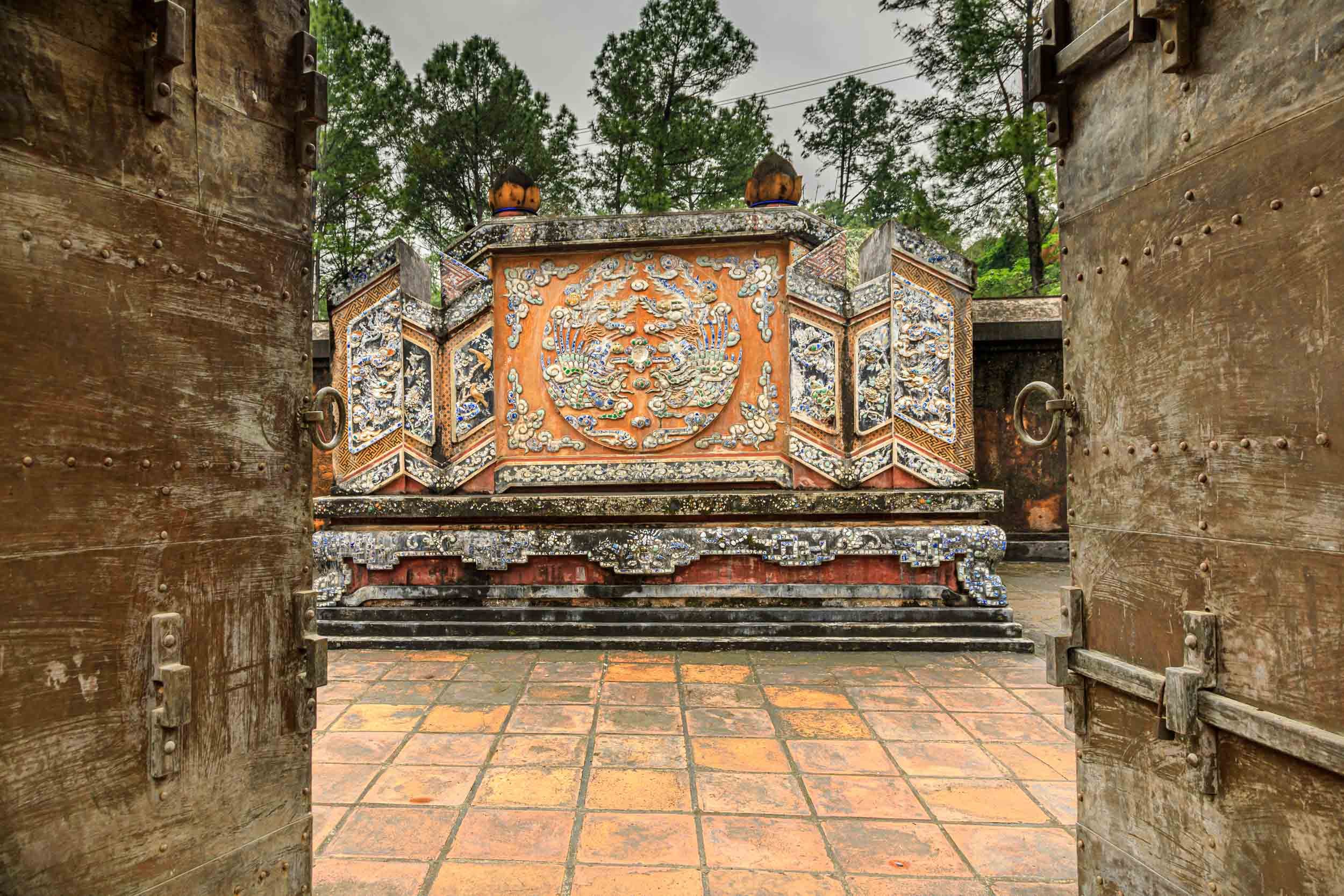
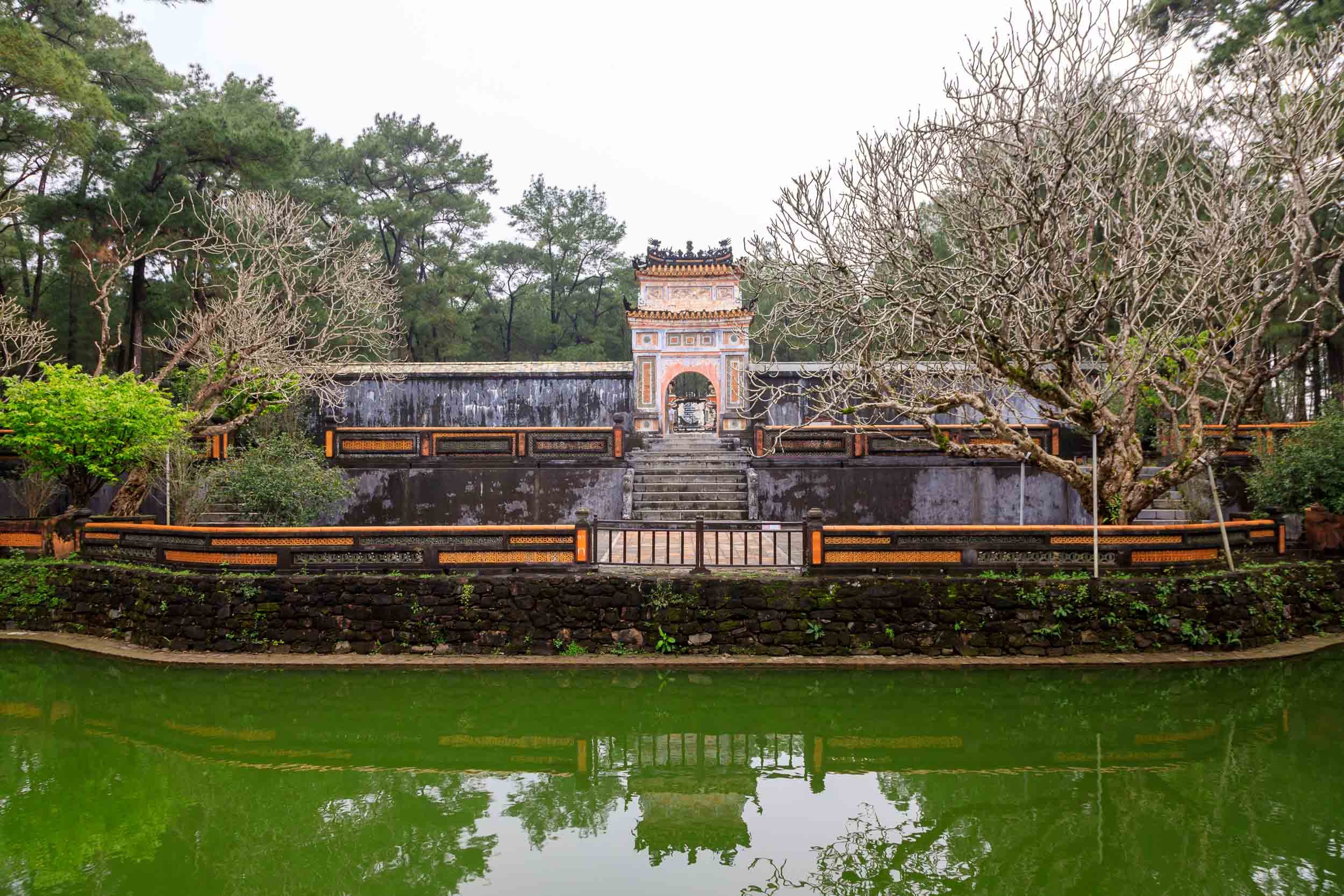
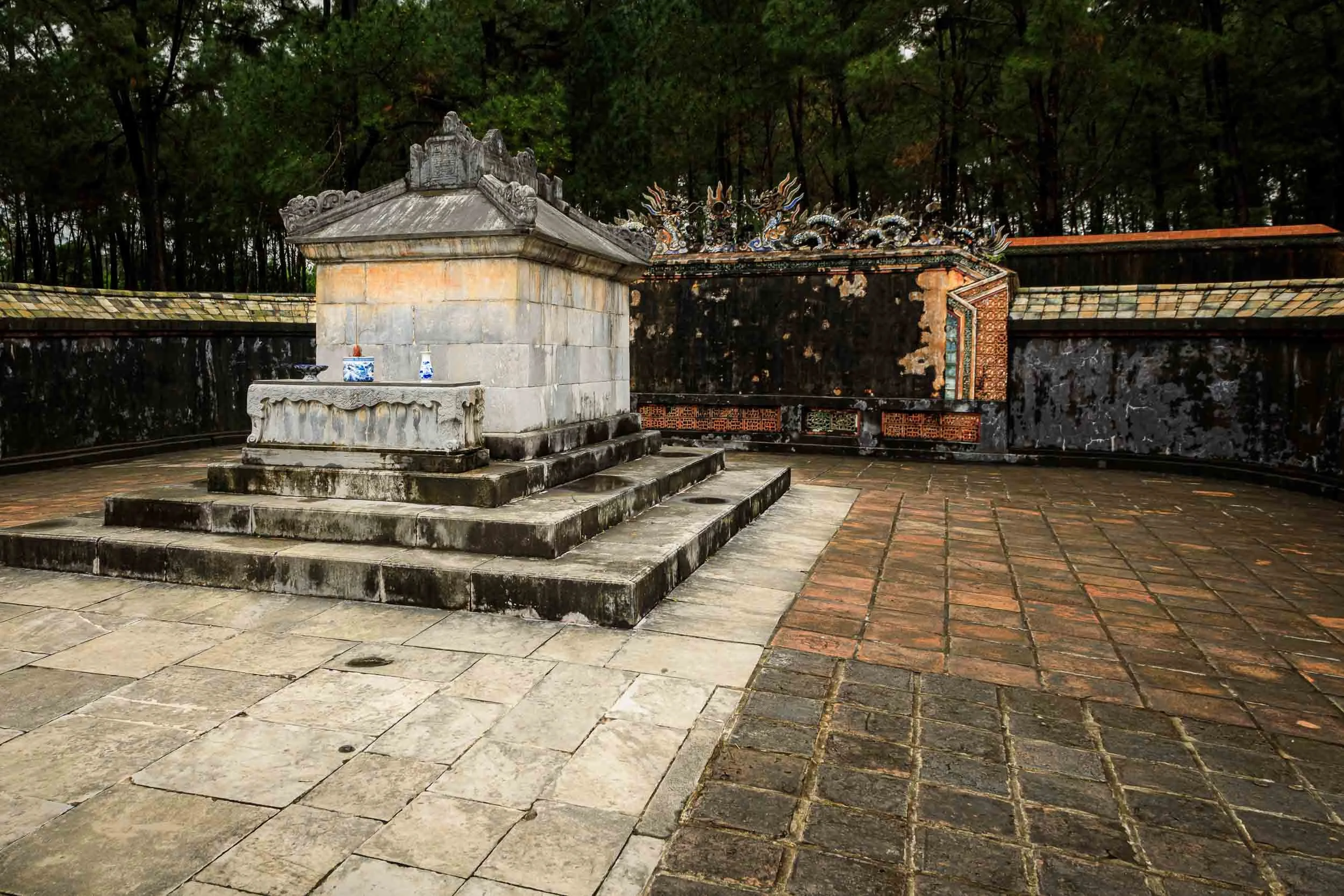
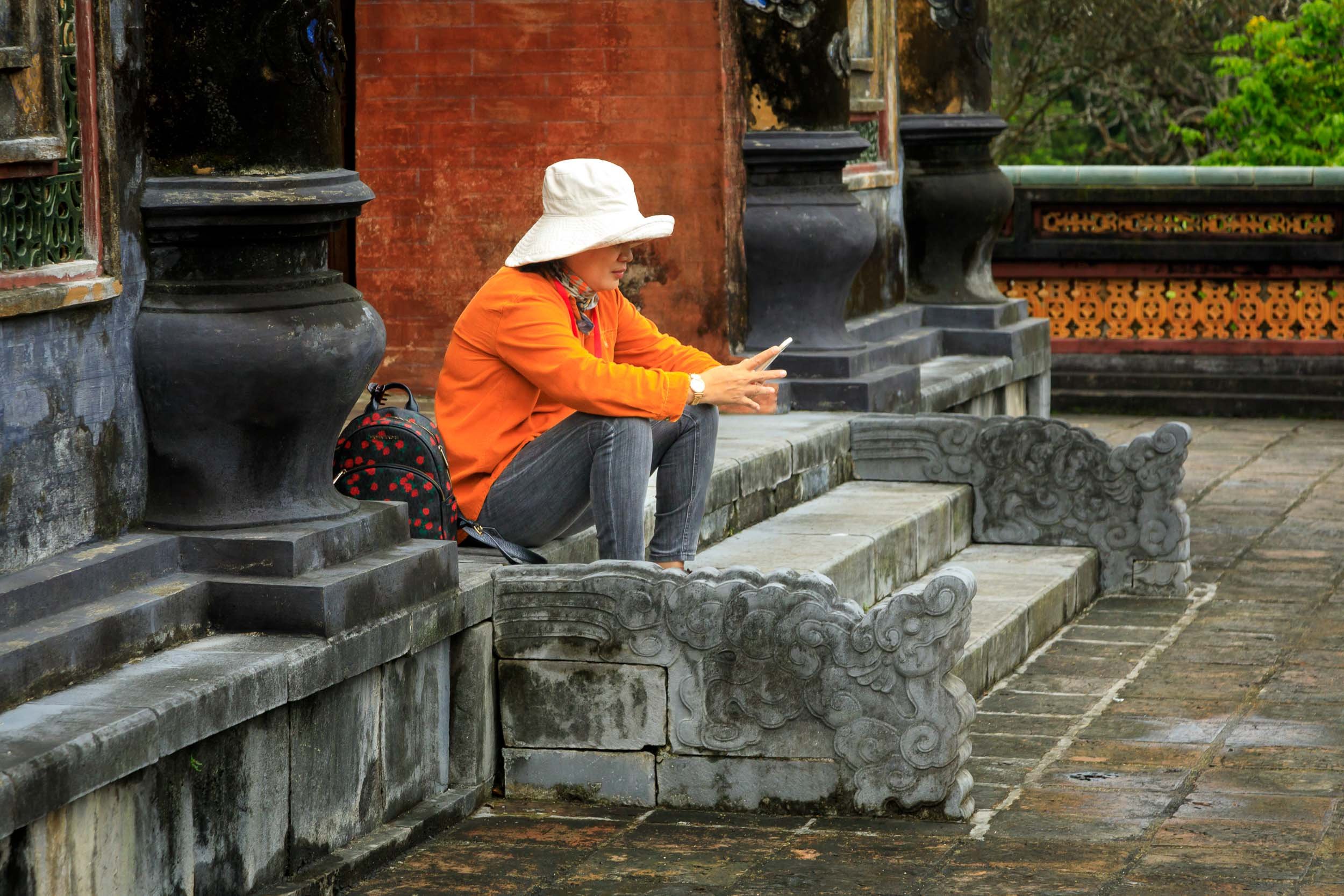
Incense showroom near Tu Doc’s tomb.
Also on the route was a pagoda called Thien Mu Pagoda which was a popular place for the local girls to dress up in traditional costume.
The below images give some examples of the type of roads I was cycling on. As you can see, mainly small country lanes rather than wide roads. To see more images from the areas I cycled through see my posts about Village life and Fishing (most of which were taken on my photo tour - we got far better light those days than when I was cycling). There were some places where major roads were necessary though.
Even when I was cycling on major roads, the Vietnamese did give me lots of space and I never really felt intimidated by cars passing etc. Cycling in Vietnam is helped by the fact that 95% of the vehicles on the roads are motor bikes with very few cars. The trucks that did pass me from time to time were also mainly quite small (Hiace van size or a little larger) and they stayed well wide of me.
The real danger is not the vehicles passing your or indeed coming the other way - its the motor bikes coming out of no where. They think nothing of coming the wrong way down the road or cutting across 50 metres before a turn to get over ahead of oncoming traffic. I found that if I kept my wits about me, I was fine!
The other constant is horns being beeped. Every vehicle seems to think it should beep its horn every 2-3 minutes. I developed an understanding of what the different beeps meant and how to treat them:
Beep, beep - I’m important so I will beep my horn. IGNORE - nothing to see here
BEEP, BEEP - I’m still important and I might be about to pass you. IGNORE - still pretty standard fare and he will go well wide of me
BEEP, BEEP, BEEP - it’s still safe, but I may come close to you. IGNORE - ok he’s getting closer, but no real danger
BEEP! BEEP! BEEP! - Oh oh, he’s doing something silly. Keep your eyes open, but keep going
BEEPPPP!!!, BEEPPP!!!, BEEPPP!!! - Oh S##t - this could be bad - take evasive action
Fortunately I didn’t have to do the last very often.
Railway bridge crossing
One of my more interesting river crossings (there is a small pedestrian lane on the outside!)
50km outside the town of Hoi An is another UNESCO site - My Son - my third of the trip (HUE Imperial City and the city of Hoi An itself).
My Son is a cluster of abandoned and partially ruined Hindu temples, constructed between the 4th and the 14th century by the Kings of Champa, an Indianized kingdom of the Cham people. The temples are dedicated to the worship of the god Shiva, known under various local names, the most important of which is Bhadreshvara.
Mỹ Sơn is perhaps the longest inhabited archaeological site in Southeast Asia, but a large majority of its architecture was destroyed by US bombing during a single week of the Vietnam War. My Son is going through extensive restoration work at present, with extensive assistance from the Indian government.
Despite the damage, it is a very impressive site, with 6 major areas of large scale ruins to see. As I said in a text to Thérèse, she would have loved it!
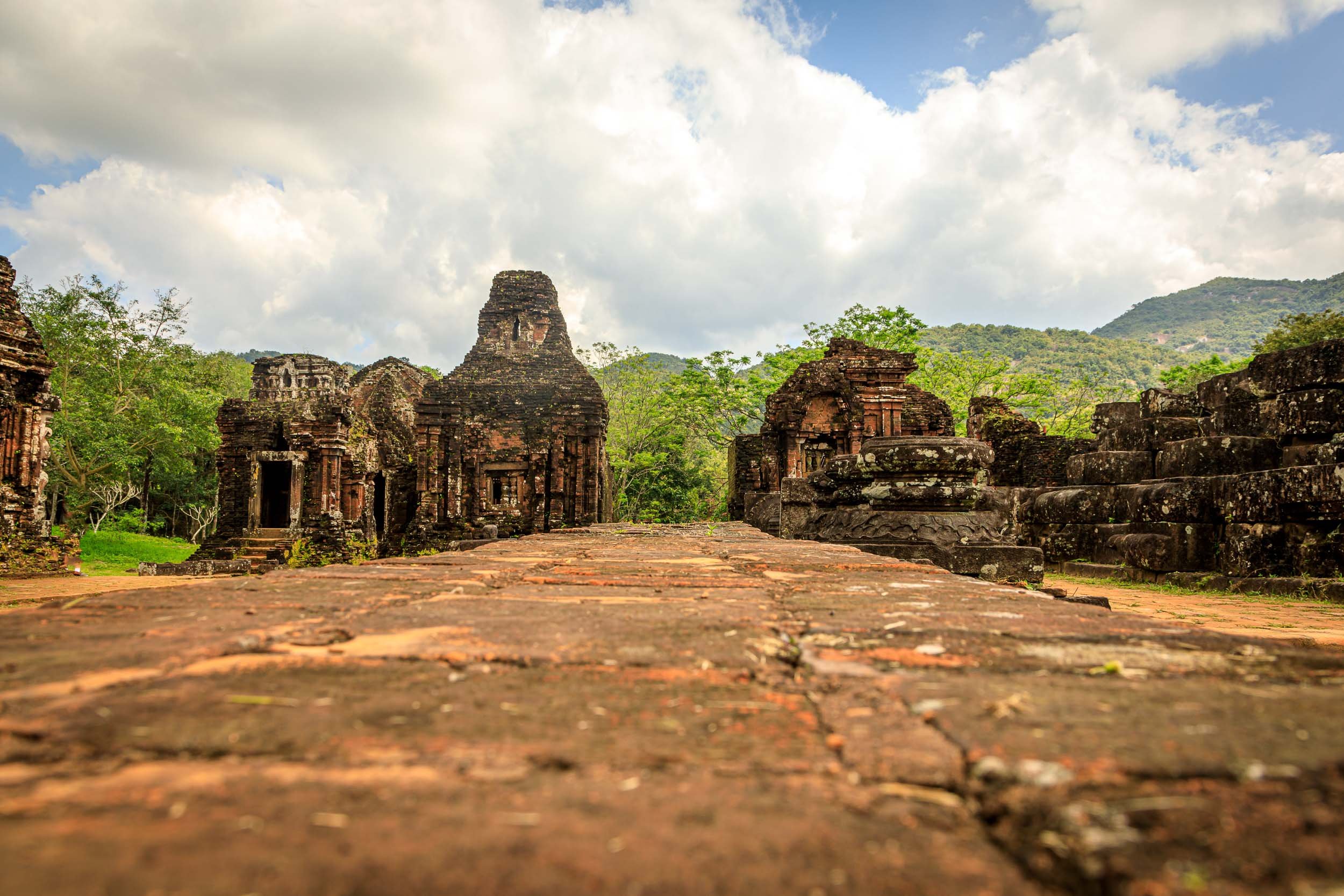
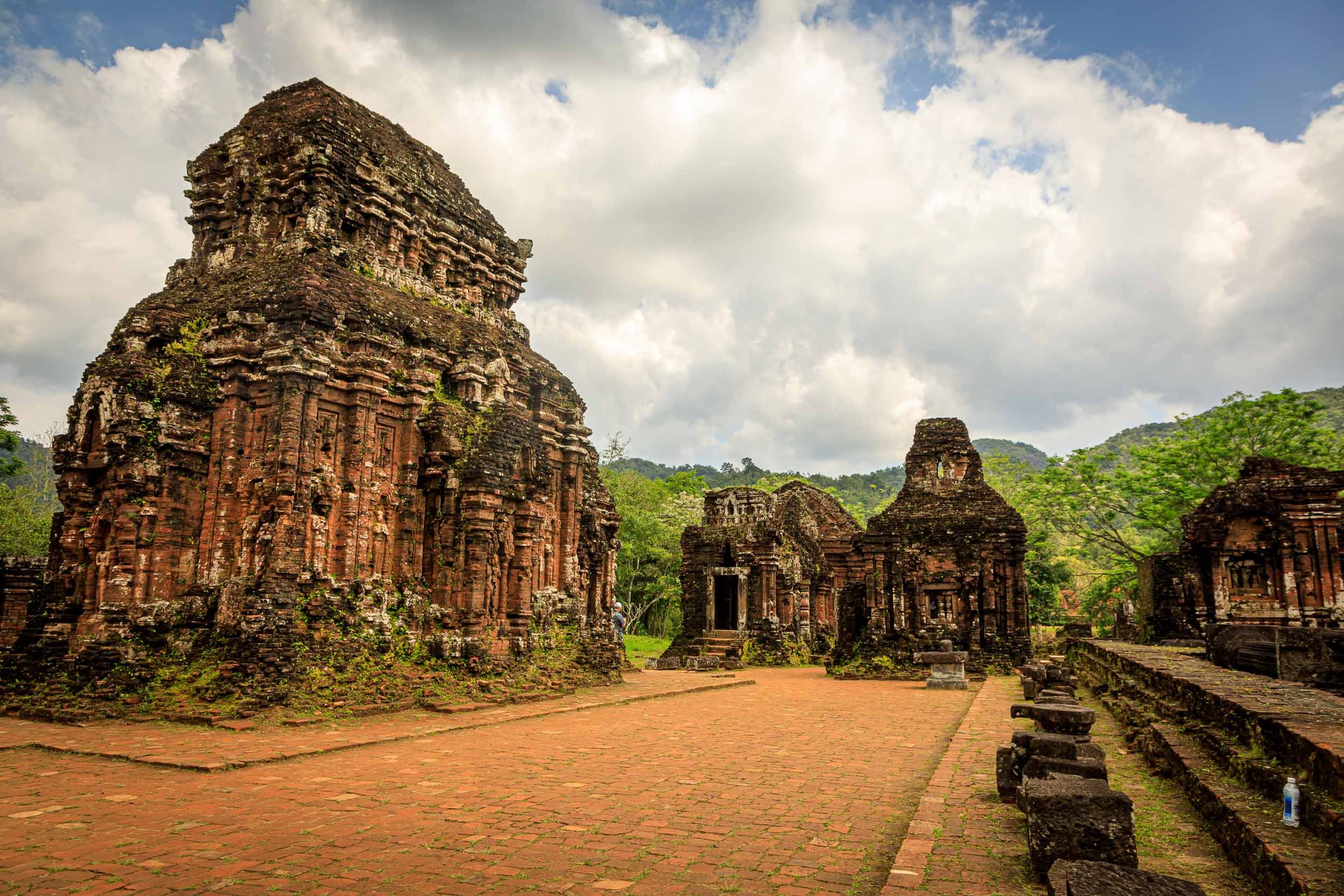
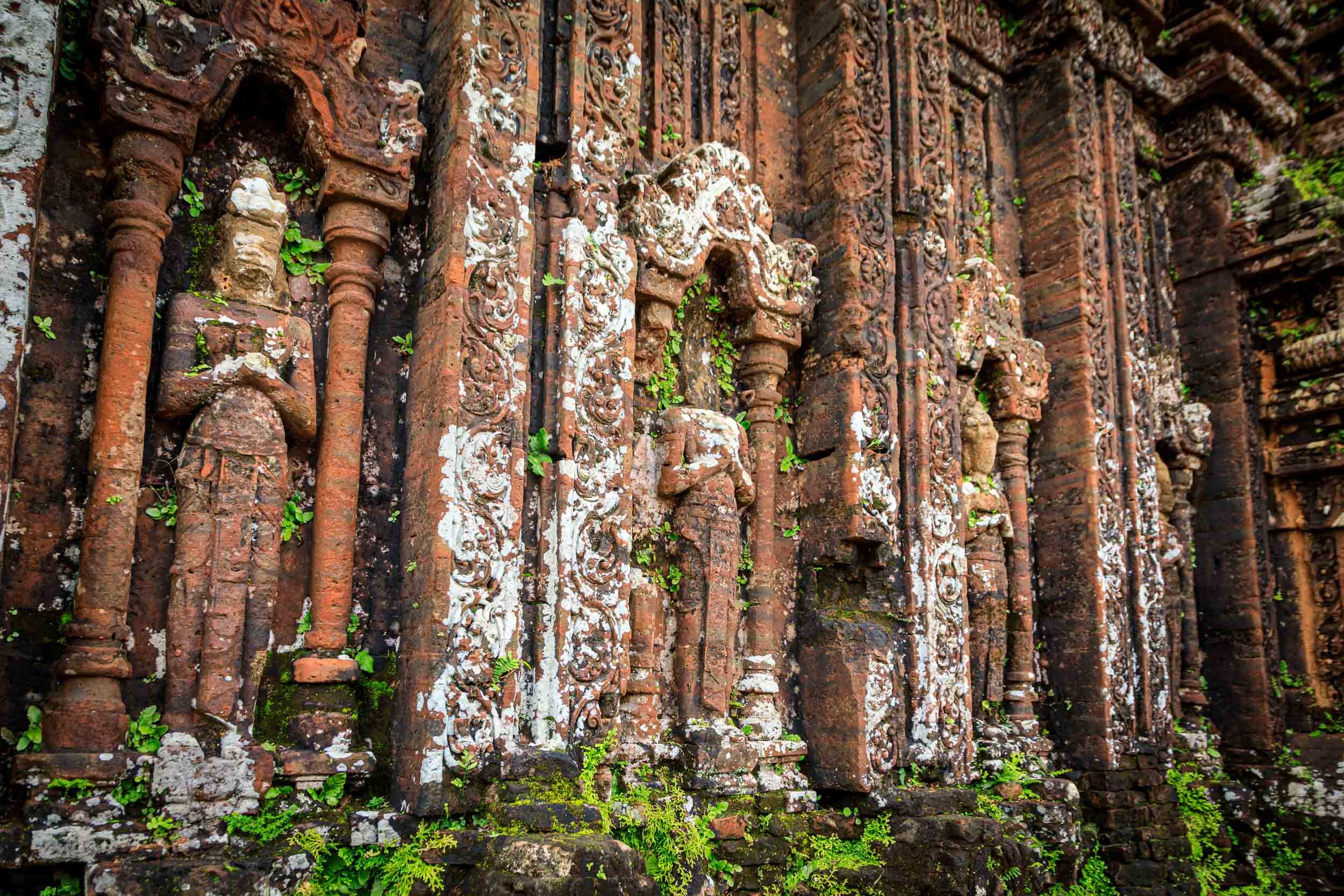
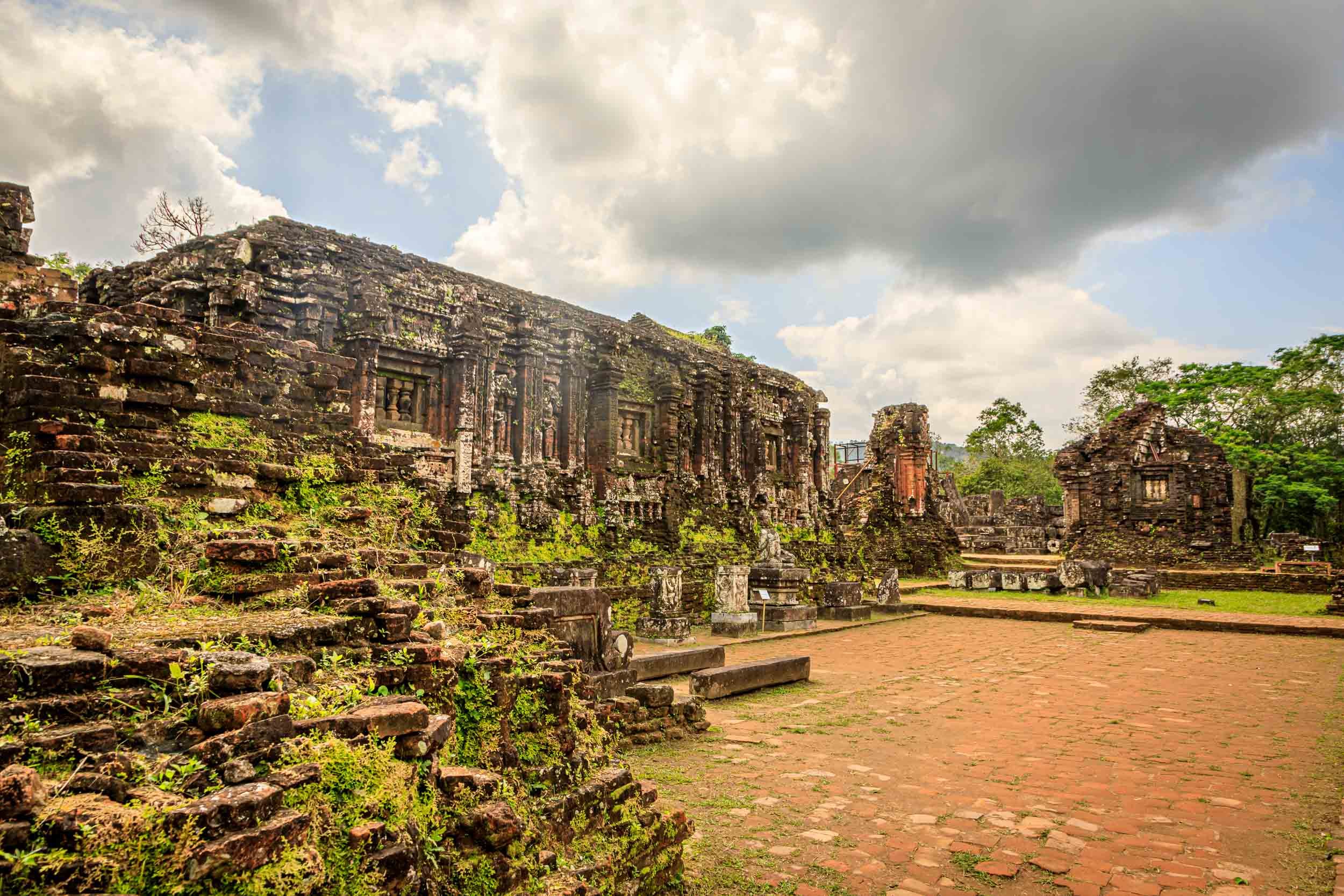
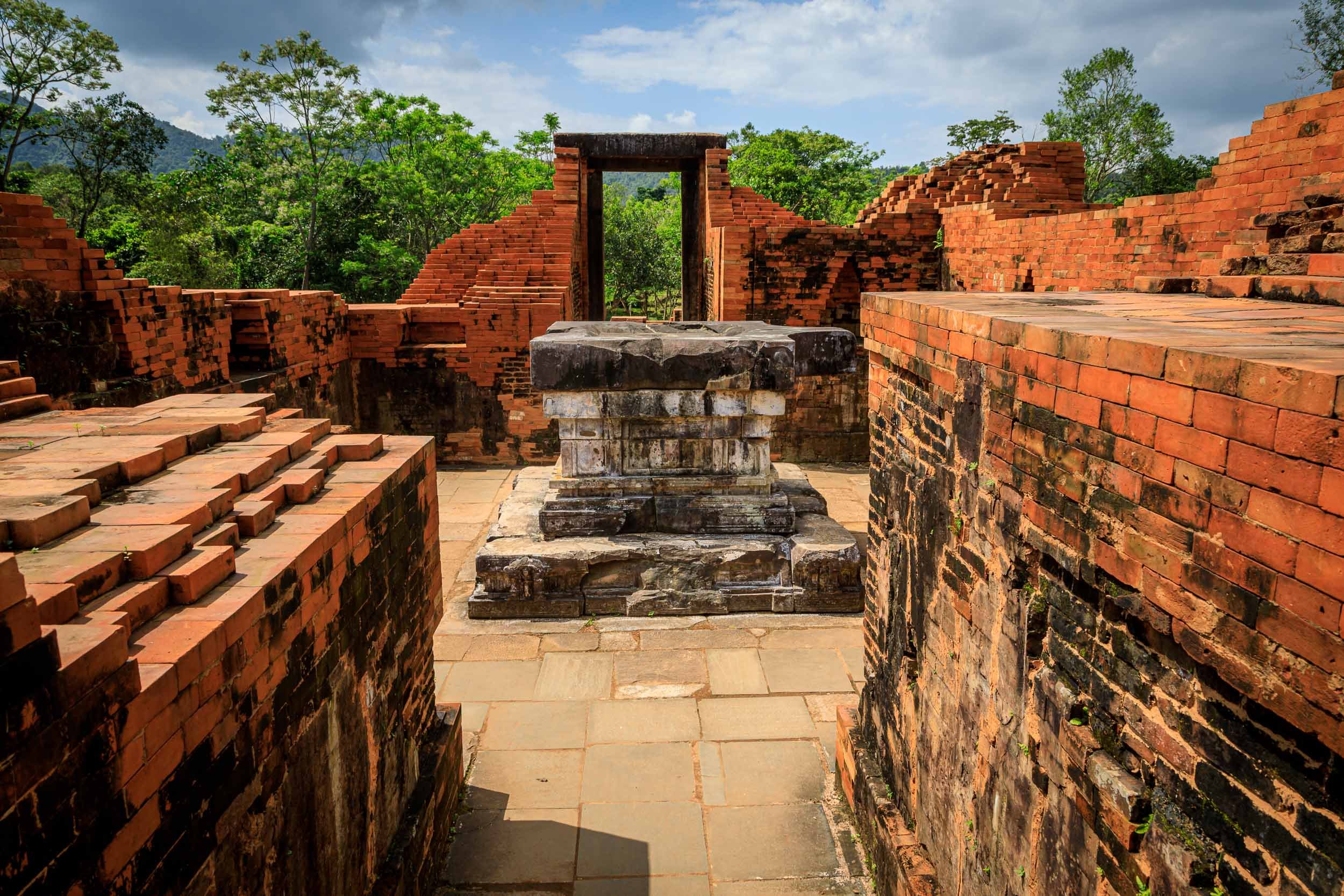

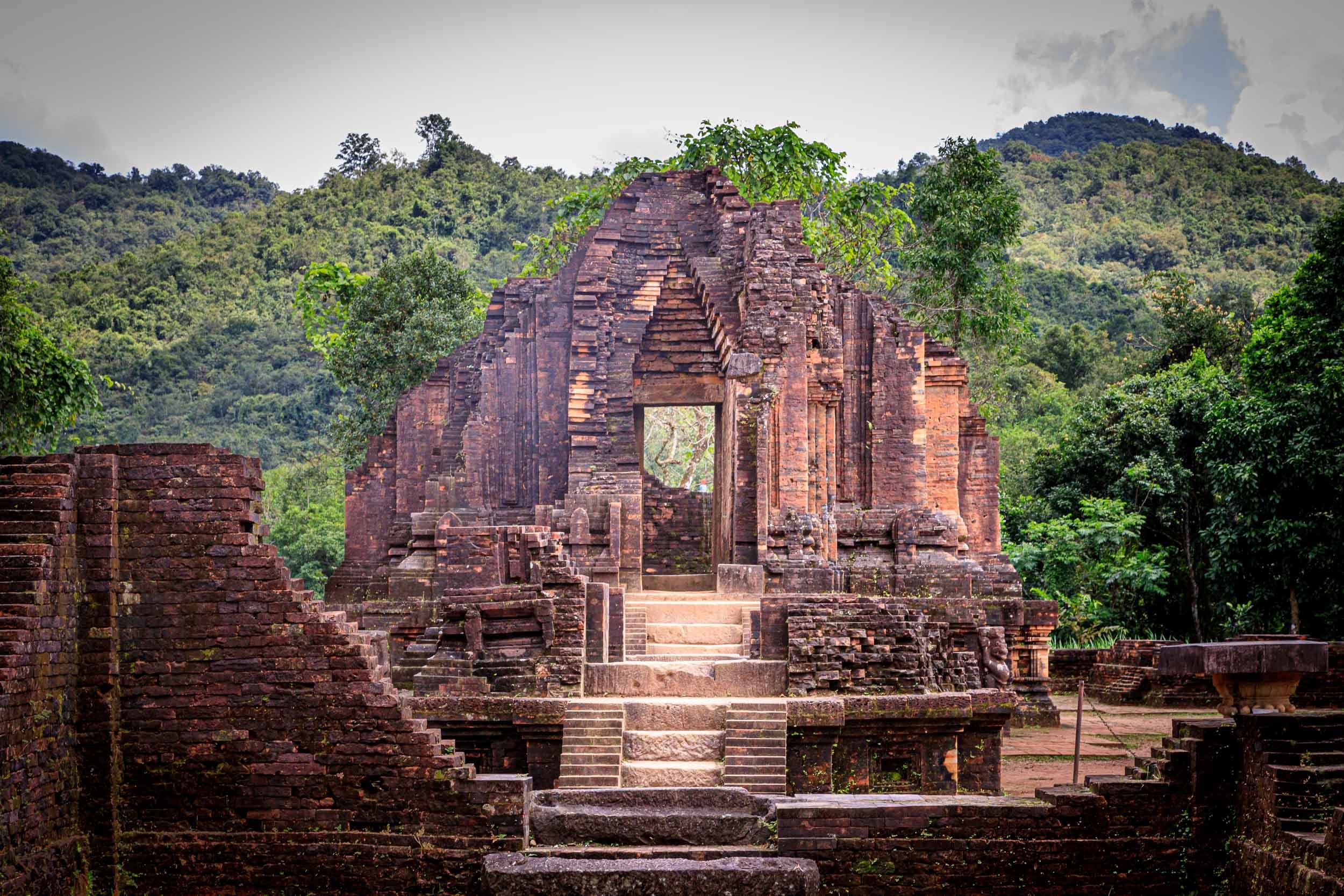
My last day was in impossible conditions. I was due to cycle through a huge area of failed resorts and an industrial park that was built and abandoned. I was looking forward to trying some UrbX type photography, but the weather was just appalling. I basically ignored the route the tour company had given me and found the shortest possible route using Google Maps and followed it to my destination. It finally stopped as I got to the final point, the My Son / My Lai massacre memorial.
For those who remember anything about the Vietnamese / American War, My Lai (as we call it) or My Son as they call it was the mass murder of unarmed South Vietnamese civilians by United States troops in on 16 March 1968. Between 347 and 504 unarmed people were killed by U.S. Army soldiers. Victims included men, women, children, and infants. Some of the women were gang-raped and their bodies mutilated, and some mutilated and raped children were as young as 12. Twenty-six soldiers were charged with criminal offenses, but only Lieutenant William Calley Jr., a platoon leader in C Company, was convicted. Found guilty of murdering 22 villagers, he was originally given a life sentence, but served three-and-a-half years under house arrest after President Richard Nixon commuted his sentence.
The massacre prompted global outrage when it became public knowledge in November 1969 and contributed to domestic opposition to the U.S. involvement in the Vietnam War, both because of the scope of killing and cover-up attempts.
Initially, three U.S. servicemen who had tried to halt the massacre and rescue the hiding civilians were shunned, and even denounced as traitors by several U.S. Congressmen, including Mendel Rivers (D–SC), Chairman of the House Armed Services Committee. Thirty years later, these servicemen were recognised and decorated, one posthumously, by the U.S. Army for shielding non-combatants from harm in a war zone.
Mỹ Lai is the largest publicised massacre of civilians by U.S. forces in the 20th century.
My Lai / Son My massacre memorial
Part of the massacre reconstruction
